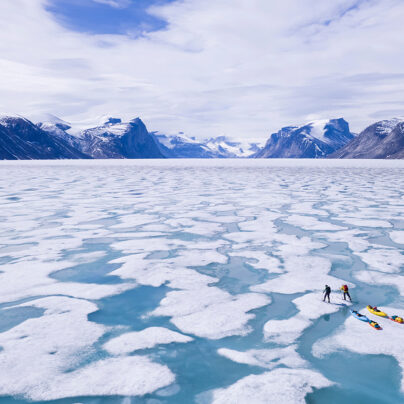No Road To Churchill
Matt Cairns
In celebration of the launch of the brand new Sidetracked Volume Seven, we’re releasing one story online from each of our previous issues. In this story from Volume Three, Matt Cairns and Jocelyn McLean paddled over 990 miles from Winnipeg to the arctic town of Churchill, where no roads will reach. The journey lasted 64 days.
‘Ready. Pull.’
At this point of mental exhaustion, the energy needed to speak these words is all I’m willing to spend, and even then I’m pinching pennies. Today is our 50th day paddling since Winnipeg, and we’re five days upstream on the Moswakot Creek. With another frustrated bellow, my partner Jocelyn and I haul our canoe, loaded up with our remaining rations, over the tangled bedlam of roots. We’re able to float now, but only for a few more meters. Instead of climbing into my cockpit, I decide to wade through to the next obstacle. Maybe I’ll see a clear path out of this labyrinth of river trees. The chilling water is up to my ribcage and my paddle boots sink deep into the mud below, making every step a battle. Before I duck beneath the ceiling of river trees again, I take a wary look at the dark sky behind us.
Looks like rain. Wonderful.
The last five days on the Moswakot have been the most difficult of our long voyage so far. Initially, the Creek began with the simple annoyance of dragging our canoe over downed trees and beaver dams a few times each hour. We still sang back then – whimsical songs to go with our light-hearted mood. The river was eerily quiet and seemingly devoid of life, save for the beaver dams. Farther south, we had seen hundreds of eagles, jumping fish, and moose. But every day, as we went deeper down our unknown path, the incidence of trees that barricaded our way increased, and now we’re moving at less than a single kilometre each hour.
When we passed through Gillam, we asked rangers and pilots about the condition of the North Moswakot Creek. ‘Hard to say,’ they’d tell us. ‘No one goes that way. Should be pretty overgrown.’ We only heard one of those three sentences: No one goes that way. Neither barbecued steak, nor bikini clad babe, can make me salivate quite like uncharted territory. The uncertainty of an unknown path tightened my chest with an excitement that was seasoned with a hint of delicious fear. What is out there, where none of the locals go? Could we be the first to trail-blaze this route for future canoe expeditions? Do we have what it takes? In a world with satellites and internet in everyone’s pocket, it’s hard to find opportunities to be the first to discover something. We were smitten. We had no choice.
Now we’re here. Doing what I’d dreamed of as a child. Let me tell you, dreams can be deceiving. Muttering shivered curses under my breath, I climb through the web of branches and search for openings large enough for a canoe. In front of me lies tree after twisted tree, but to my left is a shallow stream with a barrier of branches that can be cut through. It takes ten, hard minutes to slice a canoe-sized hole through the overgrowth. Even though wading through the water all day has frozen my bones, the labour of swinging a machete warms up my hands enough that I can feel my fingers again… just enough to feel the blisters. Again, wonderful.
What is out there, where none of the locals go? Could we be the first to trail-blaze this route for future canoe expeditions?
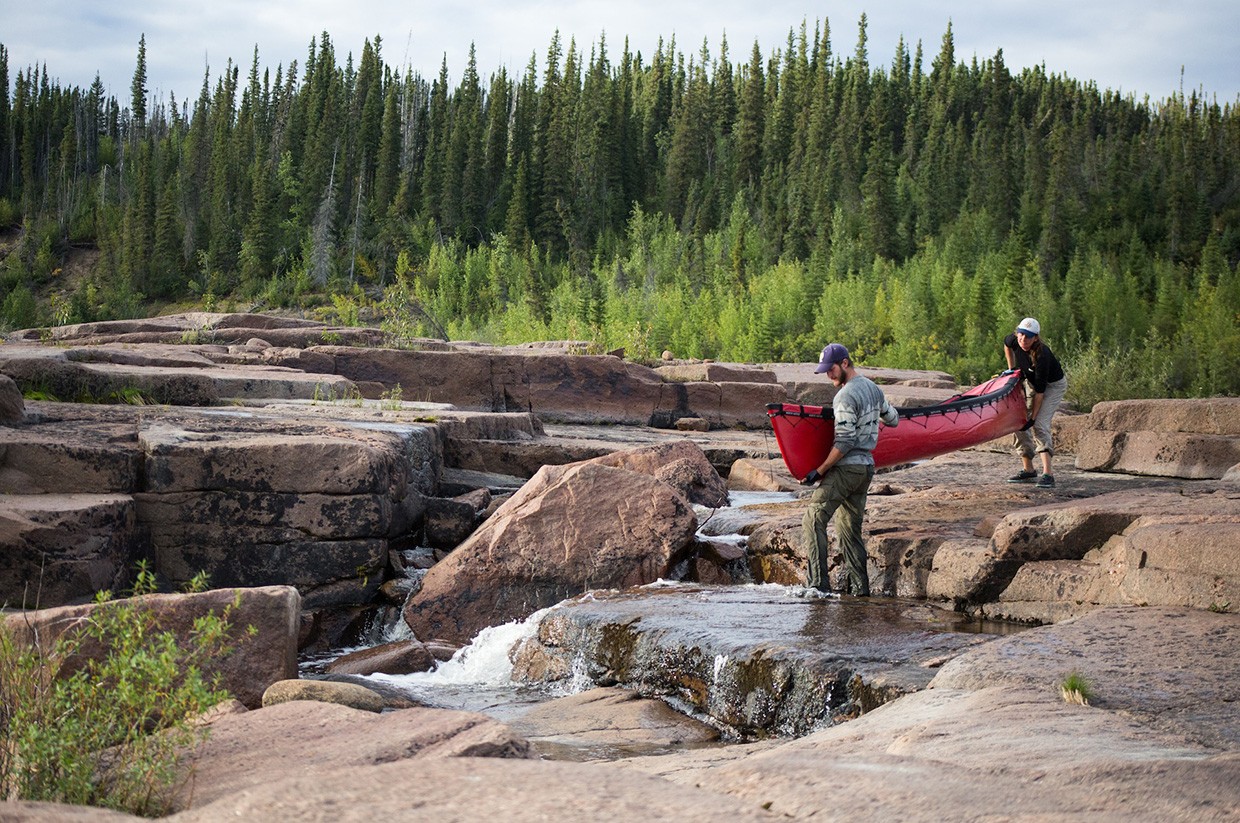
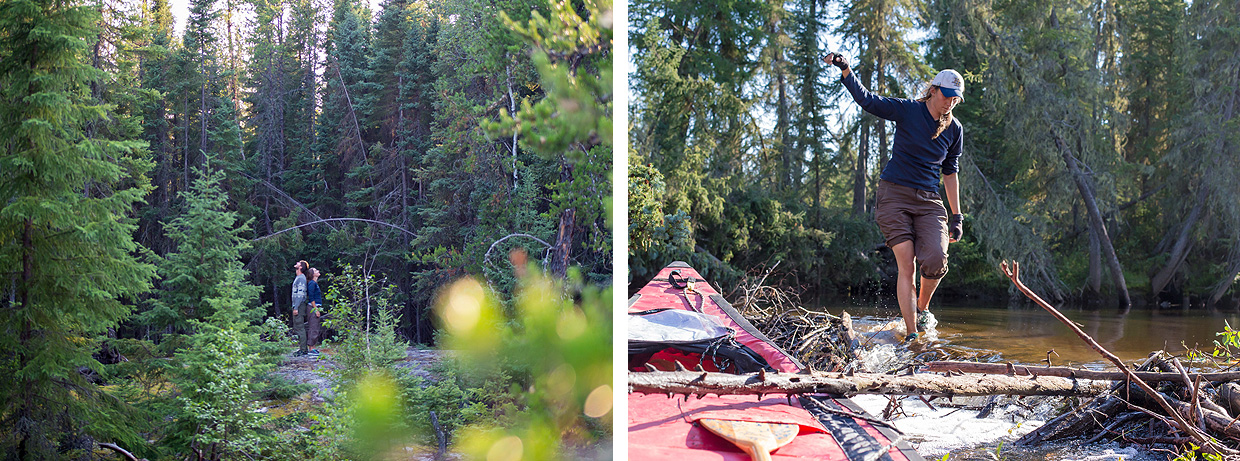
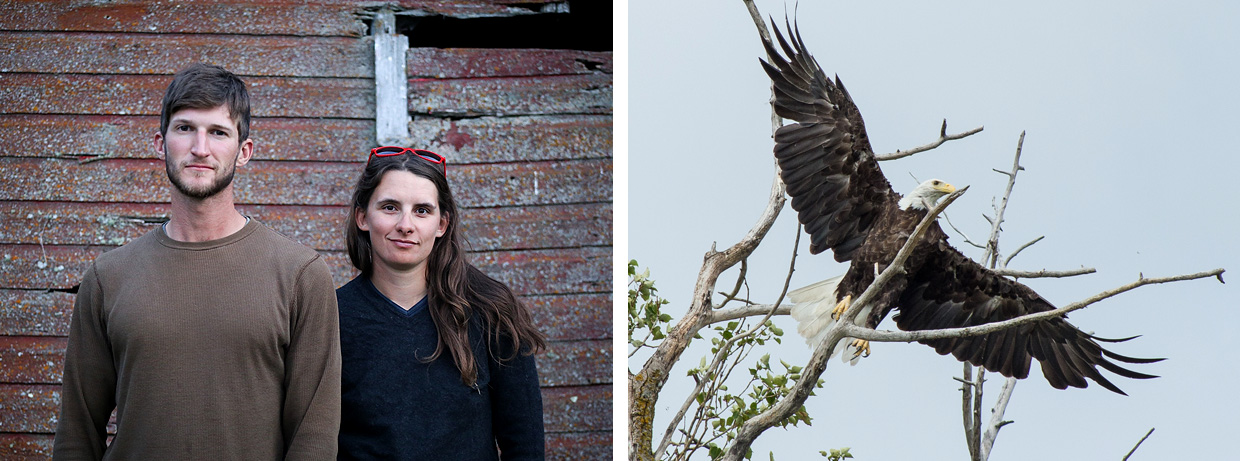
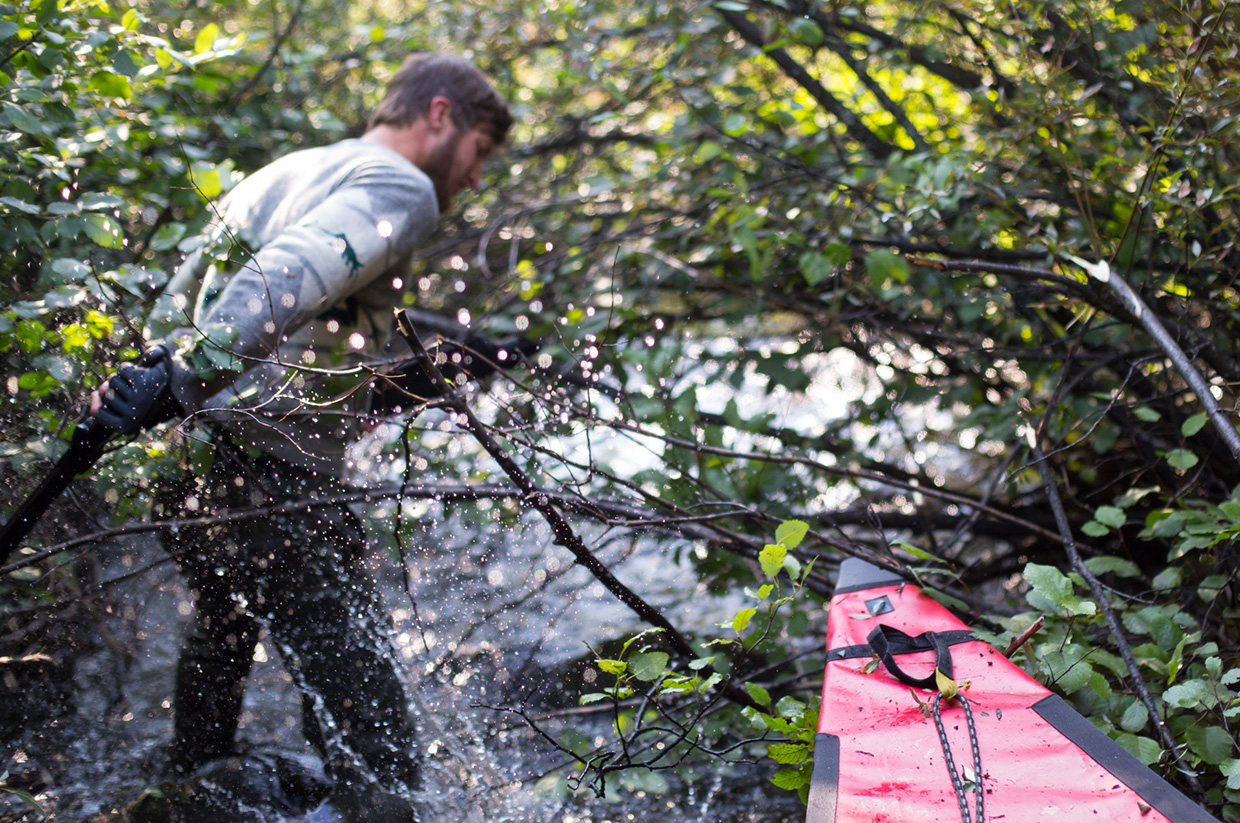
Wading beyond the wreckage of tree stumps and slashed branches, I scout the way ahead. There’s nothing. Directly ahead is the river bank; to my right is a crippling mess of foliage too thick to cut through with one worn machete; and behind me is the sonorous rumble of an approaching storm. After our all-day fight against Zeus a couple of weeks ago, digging trenches to divert flooding in the massive downpour and building dams from rocks, sticks and clay, we learned to fear the weather. Hastily, I wade back to my partner who has been scouting the opposite riverbank, and we decide we should walk the banks to find the end of this wretched mess. Marking the trees to safely find our way back to the canoe, we spend an hour or so searching vainly for a way out of the maze.
I am faced with an adversary that I know immediately has me by the throat. As far as I can see, the river trees grow more dense, and there is no end to them. We’ve come to a brick wall, and it is starting to rain.
In frustration, I find the nearest tree and begin to climb. The lower branches are dead and snap beneath my feet, but I’m able to pull myself higher and I appreciate childhood Raiders memories as I cheer myself on by whistling the Indiana Jones theme. Higher and higher I go, fully believing that if I climb high enough I will see all the way to Churchill and a clear, sparkling highway of a river leading straight to it. Up there is my glorious adventure, gift wrapped with a bow.
I’ve always been an optimist. My brothers and I used to climb every tree we could when we were kids. We would explore closets and dusty attics pretending that we were Ninja Turtles searching for ghosts and the vengeful Shredder. Wearing pillowcase capes, we would always save the princess and always find the buried treasure. No evil could stand against us; we were the most dangerous eight-year-olds that any coat rack, floor lamp, or other villain shaped object could encounter. We were the good guys, and the hero always wins. Fact.
Yet in front of me, at the top of this tree, with over seven weeks’ worth of dedication behind us on this journey, I am faced with an adversary that I know immediately has me by the throat. As far as I can see, the river trees grow more dense, and there is no end to them. We’ve come to a brick wall, and it is starting to rain.
I climb down and Jocelyn’s face becomes grim as I tell her what lies ahead. We have two weeks left of rations, and at this pace, without a resupply point, we cannot reach Churchill. It is a truth that I have to force myself to speak. In the tangled chaos of the jungle river’s roots and branches, it might take us a week to go the same distance that we’d need to cover in a day to safely reach Churchill.
For a long moment, we stand dripping and defeated like melting snowmen, hoping not to be the first to accept the obvious, shattering last resort.
‘We have to turn back’, I whisper.
We have to retrace our steps through the last five days of hellish river conditions and miserable portages and return home. The truth feels unconscionable, and my own voice hisses at me in the back of my head, ‘You failed. You’re no explorer.’ Few thoughts have ever cut me quite so deeply.
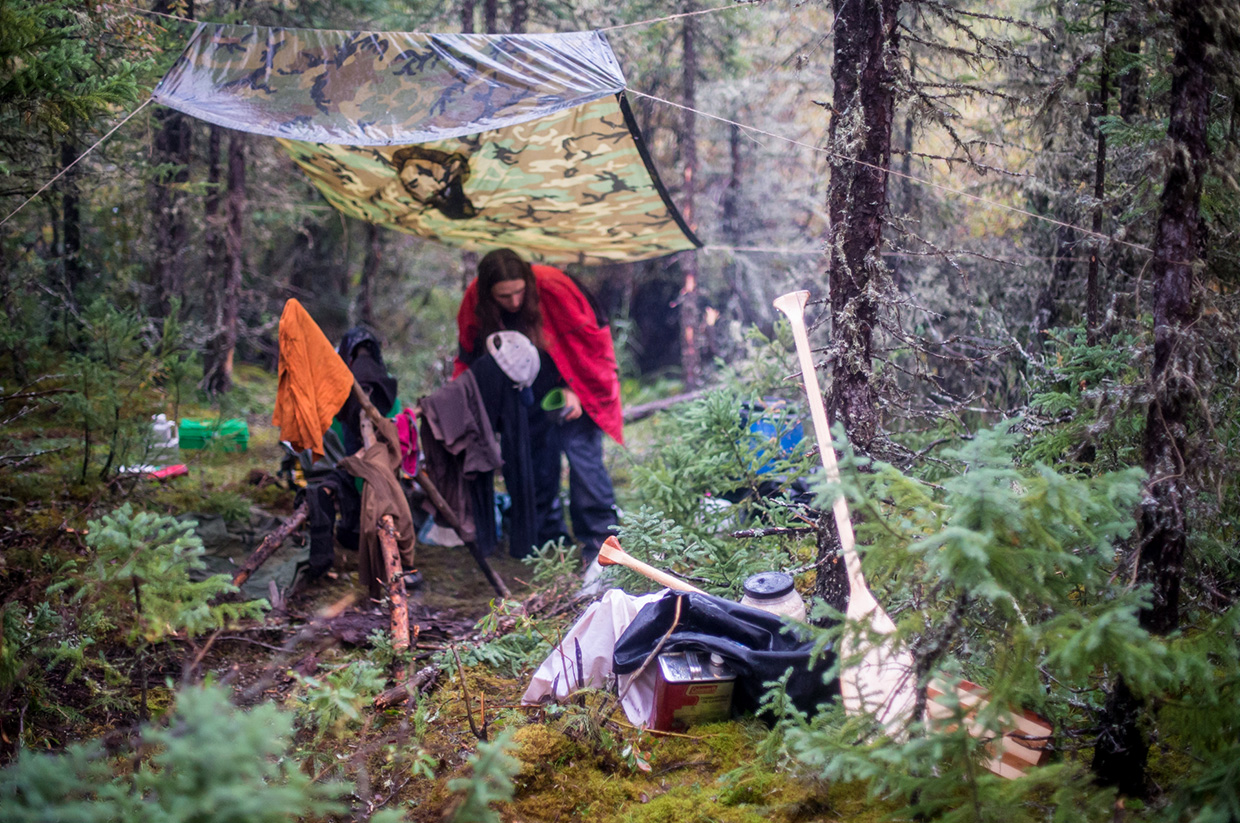
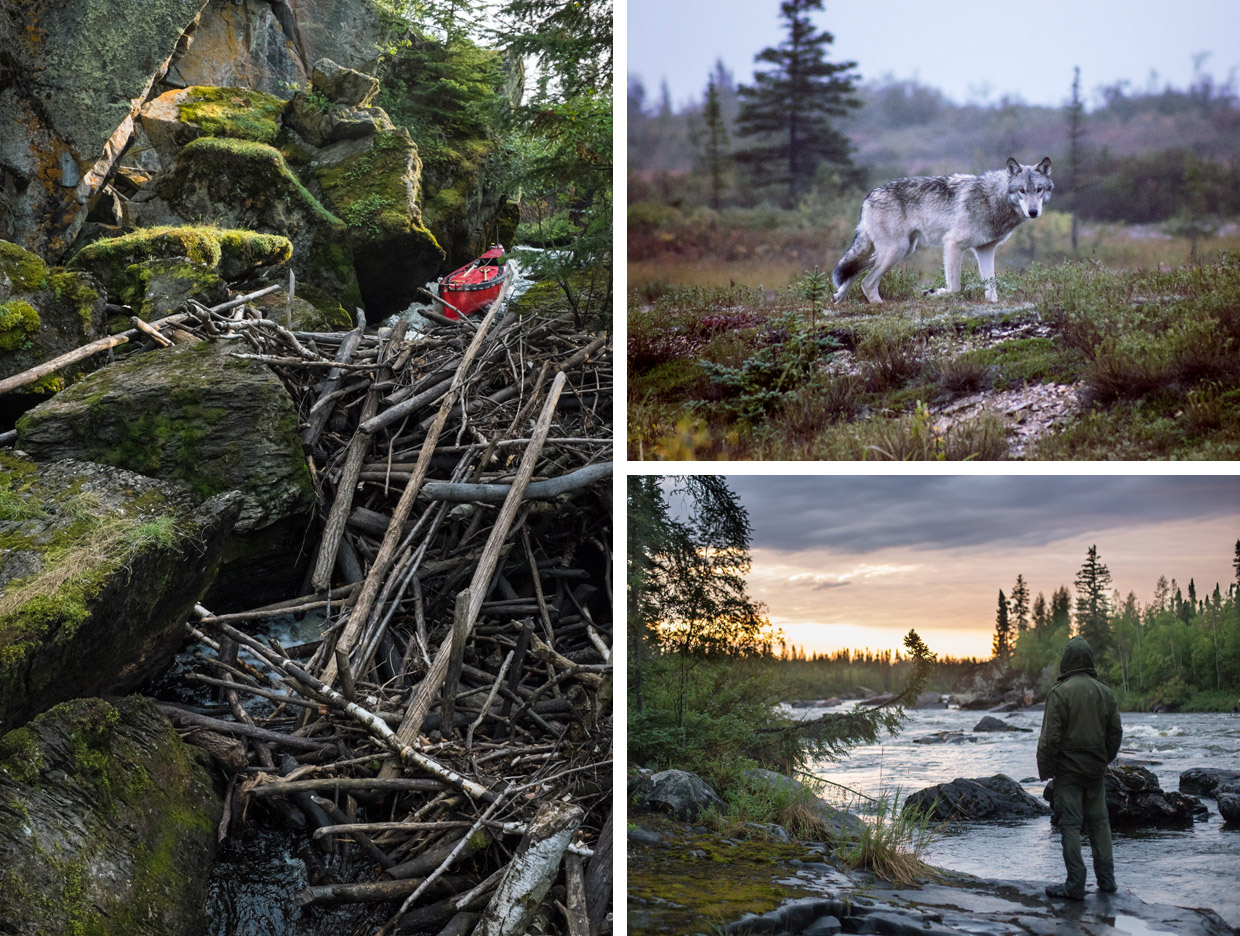
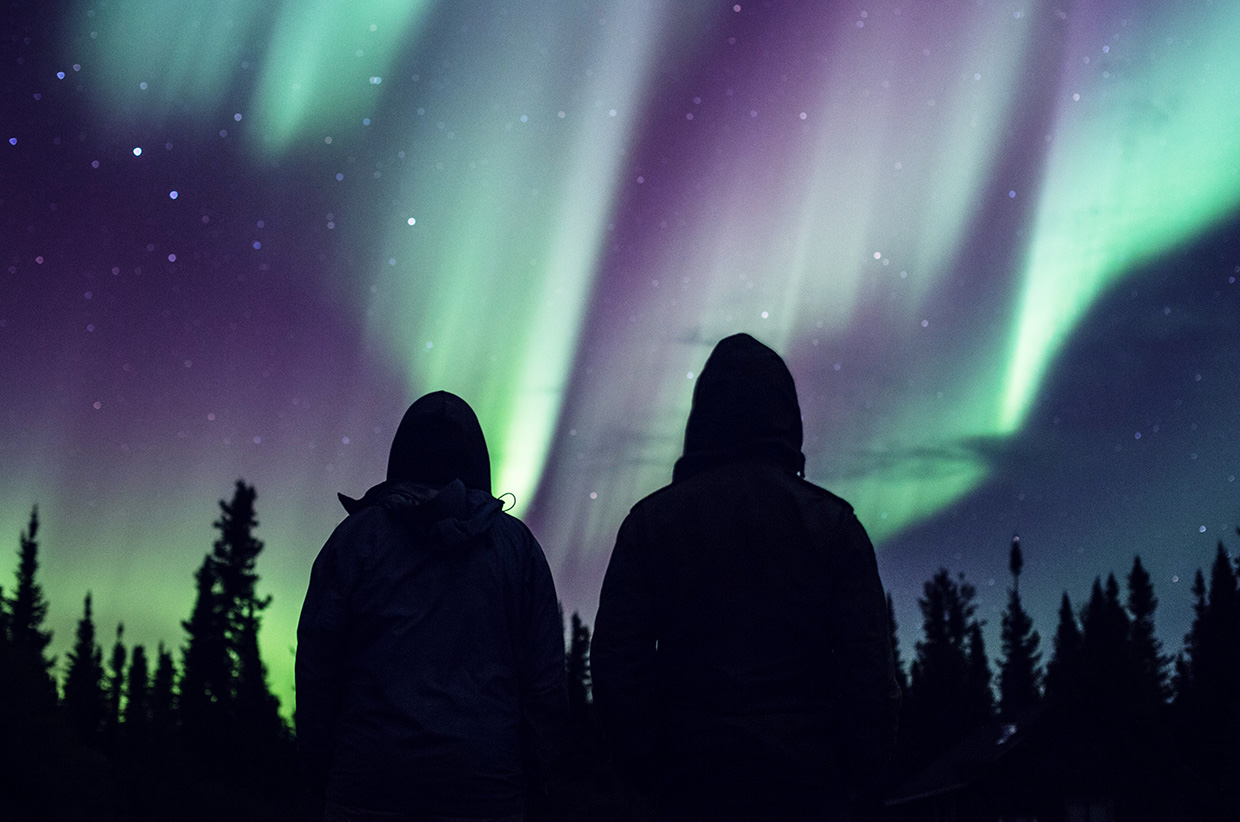
The next few hours drift by in silence as we set up camp, and I am despondent as I make a pitiful fire with wet wood. Listlessly, I fashion shelter from the rain with a tarp and some string tied between some pines, and I crouch on the soggy ground searching for some scrap of solace in my pipe. My fellow paddler sits down on her jacket, sets her socks out near the fire to dry, and she says to me, ‘The very definition of adventure means that something will or already has gone wrong.’
At first, just hearing the word ‘adventure’ feels like an arrow to my heart; like being in love with someone who doesn’t love me back. But slowly, I find some small comfort in her words.
One failure isn’t the end, and no amount of failures can invalidate an adventure. Adventure is the struggle itself. I may not have blazed much of a trail through an unknown wilderness, but in our struggle I have explored the uncharted depths of my own limits.
In my childhood I believed that the hero always wins; that his adventure would always end with victory, but every adult has learned the stark lesson that Disney isn’t reality. Life throws curve balls and we are all sure to strike out every so often. Some folks are crushed by defeat more often than others, but what makes a hero is that he endures. Through our trials, however big or small, we are making discoveries about ourselves and the world around us.
Our spirits lighten on the four days back to Gillam. We camp at all the same places we did before, and use all the same machete scoured trails that I had cut. We even start to sing again. A mother moose and her calf stare at us from the shallows of the river bank as we glide by, and I do my humorously bad moose call at them. Finally, after nine days on the Moswakot, we hear car tyres on gravel in the distance. When we reach the bridge, sentimentality takes over as we down our paddles for the last time. I check my phone for reception, and I’m greeted with a message. It says, ‘Call me first!’
Jocelyn and I stand in the middle of the lonely road as we put Brant (our ground control in Winnipeg and Jocelyn’s boyfriend) on speaker phone. The voice coming from my iPhone suddenly throws me into turmoil: ‘What if I told you that you have two options? You could go home now, or we could fly you to the other side of the Moswakot tomorrow and you can finish the remaining 12 days of your journey. What do you say?’
I find it hard to breathe. Jocelyn stares at me with unblinking eyes full of disbelief, and time slows. It is day 54 on the trail, and we had just come to accept the idea that we were headed home to our warm beds, to cooking on stoves, and to the arms of our sweethearts. Do we want to continue?
Our eyes meet with a heady mix of agony and excitement. We had failed in our primary goal, but that’s all part of the adventure, and there is more to come. This is our dream, and it is time for us to endure.
Here goes nothing.
This story was originally featured in Sidetracked Volume Three
Matt Cairns was raised on the shores of Atwood Lake in Ohio, and spent his childhood with his two brothers in the woods and in the water. He has hitchhiked across Australia, New Zealand, Ireland, Scotland, England and much of the United States relying solely on the kindness of others for transportation and places to sleep. His rides have included busses full of nuns, hay wagons, eighteen wheelers, and even sailing yachts. As a freelance photojournalist and adventurer, he specialises in the dissolving of fears in America and in adventure storytelling.
Website: mattcairnsphotography.com
Instagram: @americanhitchhiker




